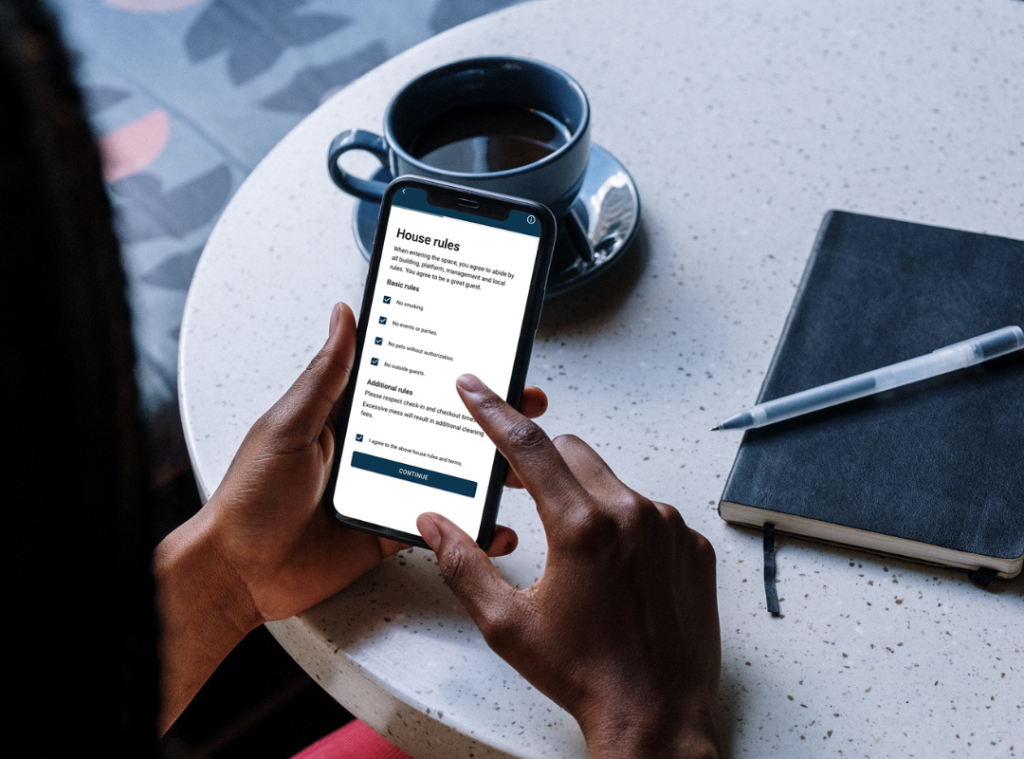Strategic room inventory management is vital for hotels in achieving optimal occupancy rates, driving revenue, and providing a seamless customer experience. One innovative strategy that has recently garnered attention is Last Room Availability (LRA). For hotel managers looking to implement this strategy, understanding the nuances and leveraging its potential can lead to success.
The concept of Last Room Availability (LRA) in hotels is a strategy focused on keeping every room available for booking until the very last moment, diverging from traditional methods where rooms might be reserved for specific clients or packages. This strategy can potentially enhance full occupancy and streamline booking processes while also boosting competitiveness in the market. However, it also comes with risks like overbooking and possibly alienating certain market segments or premium clients.
Let’s dive into the comprehensive guide to implementing LRA successfully.
Understanding Last Room Availability (LRA)
Last Room Availability, or LRA, refers to the practice of making every last room in the inventory available for booking until the last moment. Unlike traditional methods, where rooms might be kept aside for specific clients or packages, LRA encourages an open booking strategy.
Pros of LRA:
- Enhances the potential for full occupancy.
- Simplifies booking procedures.
- Increases competitiveness in the market.
Cons of LRA:
- Can lead to overbooking.
- May compromise specific market segments or premium clients.
Key Factors to Consider Before Implementing LRA

1. Assessing Your Hotel’s Needs and Goals
Understand your hotel’s specific requirements, target audience, and financial objectives. LRA might not be suitable for all types of properties, so a thorough assessment is essential.
2. Analyzing Market Dynamics
Evaluate market conditions and competitor strategies. Implementing LRA in a highly competitive market with other hotels already leveraging this strategy might necessitate a unique approach.
3. Technology Infrastructure
A strong technology foundation is vital for the successful implementation of LRA. The right Property Management System (PMS) with real-time updates can make or break this strategy.
Strategies for Implementing LRA Successfully
1. Integration with Real-Time Booking Systems
Automate Inventory Management: Utilize a robust PMS to manage room inventory seamlessly.
Multi-Channel Integration: Ensure that the PMS integrates with various OTAs and booking channels to synchronize availability in real-time.
2. Dynamic Pricing Strategy
Analyze Demand Patterns: Regularly assess market demand and adjust room rates dynamically.
Implement Yield Management: Utilize revenue management strategies to maximize revenue during high demand and fill rooms during low periods.
3. Risk Management and Contingency Planning
Avoid Overbooking: Implement safeguards to prevent overbooking, which can tarnish your hotel’s reputation.
Have a Contingency Plan: In the case of unavoidable overbookings, have partnerships with nearby hotels for guest accommodation.
4. Targeted Marketing and Customer Engagement
Use customer data to provide personalized offers, attracting more direct bookings. Engage with Guests Post-Stay. Build loyalty through follow-up emails and exclusive offers.
5. Key Performance Indicators (KPIs)
Regularly track metrics such as occupancy rate, Average Daily Rate (ADR), Revenue Per Available Room (RevPAR), and customer satisfaction to assess the success of the LRA strategy.
Learn from both successes and failures. Regularly update your strategy to align with market changes and technological advancements.
How Do Hotels Fill Those Last Available Rooms?

Filling the last available rooms in a hotel requires a mix of smart strategies, adaptability, and an understanding of the market. Here’s how hotels often approach this challenge:
1. Dynamic Pricing:
Adapting Prices: Hotels can lower the price of the remaining rooms as the check-in date approaches, enticing last-minute travelers.
Bundling Offers: Creating packages with added value, like including meals or spa services, can attract guests looking for a deal.
2. Utilizing Distribution Channels:
OTAs and Metasearch Engines: Leveraging online travel agencies and metasearch engines to highlight last-minute deals can expand reach.
Direct Marketing: Sending personalized emails or push notifications to loyal customers about exclusive last-minute offers can fill rooms quickly.
3. Leveraging Social Media and Digital Platforms:
Flash Sales: Limited-time offers promoted through social media can create urgency and attract spontaneous travelers.
Influencer Partnerships: Collaborating with influencers can help promote last-minute availability to a broader audience.
4. Partnering with Corporate Clients:
Offering special last-minute rates to business travelers, especially during weekdays, can be a steady source of bookings.
5. Building Loyalty Programs:
Offering special incentives to loyalty program members for last-minute bookings can foster a relationship and ensure repeat bookings.
Conclusion
Implementing Last Room Availability is not a one-size-fits-all solution. It requires a profound understanding of your hotel’s unique attributes, market conditions, and a willingness to adapt and innovate. While it offers the promise of full occupancy and competitive edge, it comes with risks that must be carefully managed.
By focusing on integration with real-time booking systems, dynamic pricing, risk management, and targeted marketing, LRA can become a powerful tool in a hotel manager’s arsenal. The journey towards implementing LRA successfully is one filled with opportunities for growth and innovation. It challenges traditional norms and pushes hoteliers to think outside the box, fostering a new era of customer-centricity and efficiency.
Remember, the key to success with LRA is not merely its implementation but continuous monitoring, learning, and adapting to the ever-changing dynamics of the hospitality industry.
In a world where customer expectations are ever-evolving, the Last Room Availability (LRA) strategy could be the game-changer your hotel needs.





